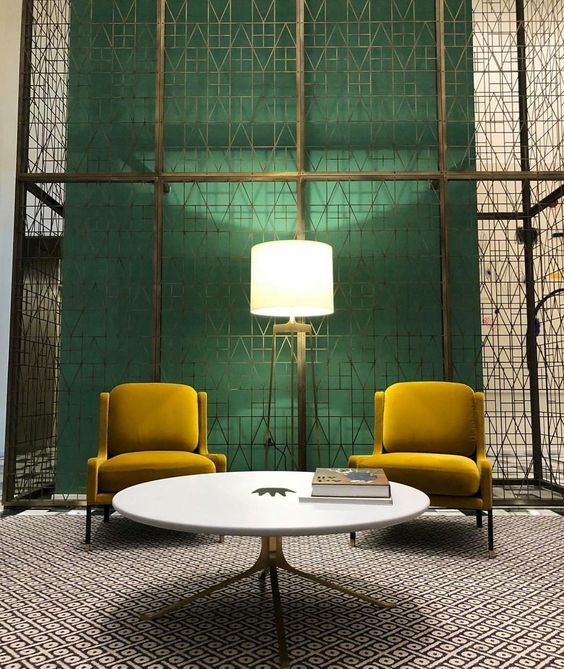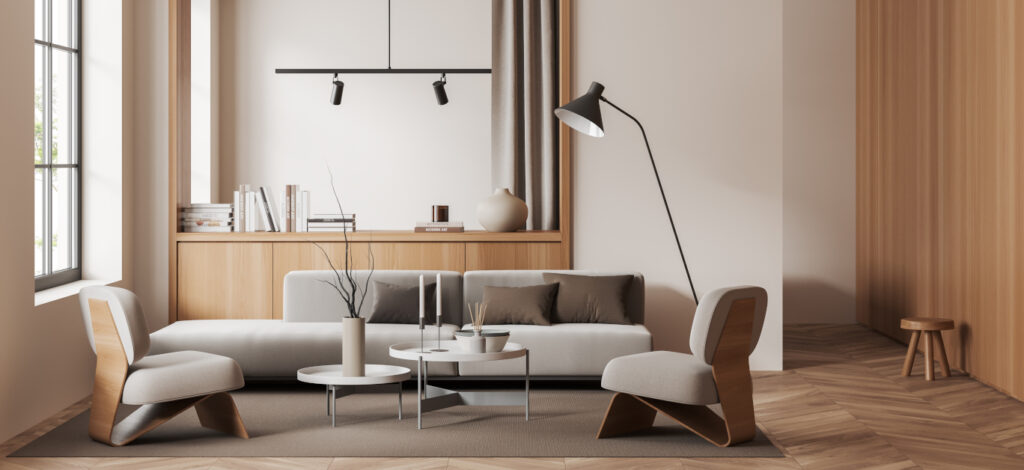

Lighting too harsh or too dim? Finding the perfect balance for interiors is a crucial aspect of creating a comfortable and visually appealing living space. Optimal interior lighting is about much more than simply illuminating a room; it’s about influencing mood, promoting relaxation, and enhancing the overall aesthetic of the environment. Many homeowners struggle to achieve this balance, often finding their spaces either over-lit or under-lit. This comprehensive guide will explore practical strategies for addressing this challenge and will provide actionable advice on how to create the perfect lighting setup for your home. We will dive into the importance of balancing light intensity and color temperature, understanding different lighting types, and the significance of strategic placement. The guide will also include practical tips, examples, and strategies for optimizing your interior lighting. This article will cover various topics to help you achieve this balance, from understanding the different types of lighting to creating a functional and beautiful lighting scheme for your home.
Understanding the Importance of Balanced Lighting
The Impact of Light on Mood and Well-being
Lighting plays a significant role in shaping our mood and overall well-being. Too much light can lead to feelings of alertness and agitation, potentially hindering relaxation and sleep. On the other hand, insufficient light can lead to feelings of fatigue, stress, and even depression. The correct balance of lighting is key to creating a space that supports both physical and emotional health. This means considering both light intensity and the color temperature of the lighting fixture.
Identifying the Different Types of Lighting
To achieve the optimal balance, it’s vital to understand the different types of lighting that are available. Ambient lighting, for example, provides general illumination to a room. Task lighting, as the name suggests, focuses light on specific activities or tasks. Accent lighting, often used strategically to highlight architectural features or artwork, draws attention to specific areas. Combining these types strategically will deliver the optimal lighting solution.
The Significance of Light Intensity and Color Temperature
The intensity and color temperature of the light significantly affect the atmosphere of a space. Too much intensity can cause glare and discomfort, while insufficient intensity leads to a dark and uninviting environment. Color temperature, measured in Kelvin, influences the perceived warmth or coolness of the light. Warmer tones often promote relaxation, while cooler tones evoke a more energetic mood. Choosing the right color temperature is crucial to achieving the desired ambience within a given space.
Related Post : Choosing Colors That Clash? How to Create a Harmonious Palette
Addressing Harsh Lighting
Strategies to Mitigate Harsh Light
Harsh lighting can be a significant source of discomfort and make a room feel uninviting. Strategies for mitigating harsh light include using appropriate shades and filters on lighting fixtures to diffuse light, installing dimmer switches to adjust light intensity, strategically placing curtains or blinds to control natural light entering the room, or choosing lighting fixtures with diffused light output. In rooms with large windows, using blinds or drapes to control the amount of natural light is a very important aspect to achieving the desired ambience.
Utilizing Diffused Lighting Sources
Using diffused lighting sources, such as lamps with frosted shades or light fixtures with a wider distribution pattern, can effectively soften harsh light. These techniques can help create a more balanced and comfortable environment.
Incorporating Natural Light
Natural light is a crucial component in any home or workplace setting. Maximising the use of natural light in interiors can help reduce the need for artificial lighting during the day, leading to significant energy savings. Careful consideration of the placement of windows and interior design choices are critical for optimal illumination.
Finding the Balance between Harsh and Dim
Establishing a Balance Through Layered Lighting
Achieving the perfect balance often involves implementing layered lighting strategies. This involves combining ambient, task, and accent lighting to create a multi-dimensional and controlled illumination scheme. Using various lighting levels offers the flexibility to adjust the overall ambience based on the activities or needs of the occupants.
Considering Room Function and Design
The function and design of a room should heavily influence the lighting plan. A study room, for instance, may need task lighting focused on the work area while an area to relax may require ambient and accent lighting to create a soothing atmosphere. This tailored approach is critical for maximizing comfort.
Utilizing Dimmers
Dimmers are a simple and effective tool for adjusting light intensity as needed. They offer excellent flexibility for maintaining a controlled ambiance during different times of day or for various activities. The subtle variations and adjustments will create a tailored lighting experience for your living space.
The Role of Color Temperature
Choosing the Right Color Temperature
The color temperature of lighting significantly impacts the ambiance of a room. Warm white lights (around 2700K) create a cozy and inviting atmosphere, ideal for relaxing areas or bedrooms. Cool white lights (around 5000K) offer a brighter and more energetic feel, often preferred in kitchens or offices. Understanding how color temperature affects the overall experience is key for optimal interior lighting.
Matching Color Temperatures for a Cohesive Design
Creating a cohesive look often involves coordinating the color temperature of your various lighting fixtures. Consistency in color temperature ensures a seamless transition between different areas and enhances the overall aesthetic appeal.
Examples of Color Temperature Applications
Using warm light in living rooms or dining rooms promotes a sense of relaxation, while cool light in kitchens or home offices enhances focus. Careful consideration of color temperature can drastically influence the overall feel and functionality of any space.
Beyond the Basics: Advanced Lighting Techniques
The Art of Strategic Placement
The placement of lighting fixtures is critical for optimizing light distribution. Strategic placement highlights specific areas and prevents unnecessary glare or shadows. Consider factors such as the height of the fixtures, distance from surfaces, and angles of reflection.
Utilizing Natural Light Strategically
Integrating natural light maximises visual comfort and helps create a sustainable home environment. Using strategically placed mirrors or reflective surfaces can increase the impact of natural light within a room.
Creating Visual Interest
Lighting can play a major role in creating visual interest in a space. Employing lighting fixtures to draw attention to specific artworks, architectural details or plants can enhance the aesthetic appeal and transform a room into a truly beautiful and inviting experience.
In conclusion, achieving the perfect balance in interior lighting involves understanding the nuances of light intensity, color temperature, and placement. By carefully considering these factors, you can create a space that is both visually appealing and conducive to comfort and well-being. Experiment with different lighting options, seek professional advice when needed, and don’t hesitate to make adjustments until you achieve the ideal ambiance for your home. Ready to elevate your interior lighting? Let’s explore the options together.